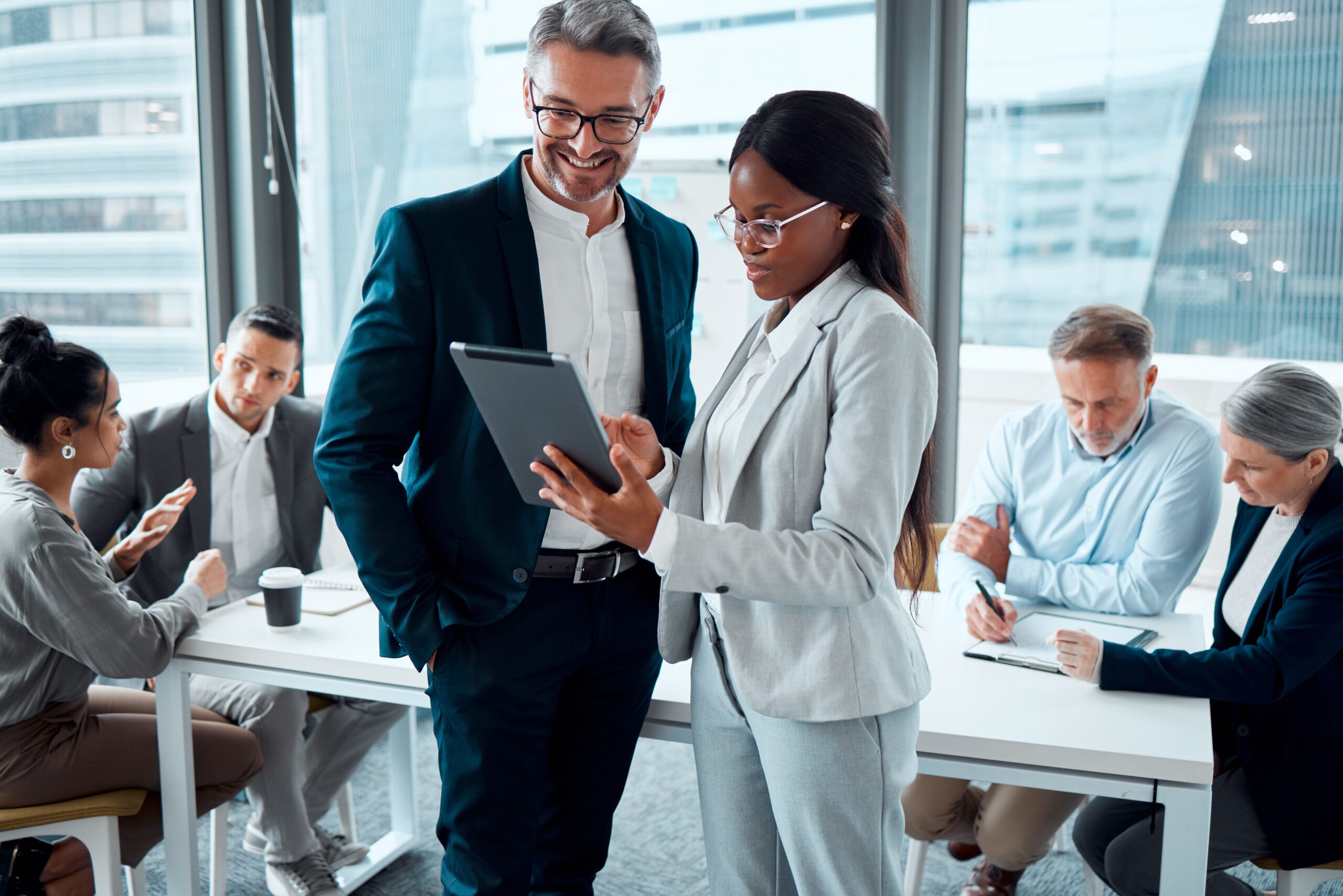Healthcare payers are turning to innovative digital solutions to maintain payment integrity. But ever-shifting guidelines can make it challenging to pay claims accurately the first time—costing time and money. It’s critical that your Prospective Payment Integrity solution operates using the most up-to-date regulatory information available so you can streamline workflows and improve accuracy. Our five-part blog series, titled HealthEdge Source™ Horizons, demonstrates how our Prospective Payment Integrity solution enables health plans to work more efficiently and reduce manual efforts using advanced automation.
Read the entire series at the links below:
- Ensure Regulatory Compliance & Cost Transparency
- Improve Payment Accuracy and Efficiency with Advanced Automation
- New Market Expansion
- Value-Based Care
- Member Engagement
The healthcare industry loses billions of dollars annually due to payment errors, fraud, and overpayments. According to Gartner, 3-7% of all U.S. medical claims are paid incorrectly, with an estimated $100 billion lost to improper Medicare and Medicaid spending in 2023 alone.
With the increasing demands on healthcare resources and increasing costs, payment accuracy and efficiency are the next area of focus for payers. Health plan leaders are adopting modern digital solutions to address payment integrity and continue providing high-quality care to members.
Navigating Challenges in Healthcare Payments
Healthcare payers face numerous challenges that impede the efficiency and integrity of payment processes—negatively impacting their ability to deliver value to members, clinicians, and other stakeholders.
Integrated payment integrity solutions can help streamline claims processes and reduce losses by:
- Automating manual processes to expedite operations and reduce risk of errors
- Updating payment guidelines and regulations to prevent incorrect billing
- Using advanced fraud detection to prevent financial losses
- Breaking down internal siloes with an integrated data system
Achieving payment accountability requires a proactive and collaborative effort to standardize practices, share data, and make the most of digital solutions.
Leverage Integrated End-to-end Automation
Recognizing the inefficiencies in your claims and payment processes is a great start—but your health plan must also take action to stay competitive in an ever-changing healthcare industry. The HealthEdge Source™ solution is designed to streamline operational workflows and enable payers to accurately, quickly, and comprehensively pay claims the first time.
Source is an interoperable, cloud-based platform that delivers scalability and flexibility. The solution provides users with access to comprehensive content libraries for pricing and editing. It also leverages integrated end-to-end automation, transforming claims management for payers. This translates to a single, unified platform for managing edits, adjudicating claims, and running powerful analytics—all within the Source ecosystem.
Regular Intelligence Updates
Within the Source platform, editing and pricing tools are assessed simultaneously during claim adjudication, driving accurate and prompt decisions. Automatic bi-weekly product updates guarantee your edits and pricing data are always up to date and give your team access to the latest content. Regular updates also ensure decision-making processes are based on the most current data, increasing transparency and first-pass accuracy.
Seamless Integration and Data Interoperability
Source empowers health plans with a single source of truth. All data sources are fully integrated and interoperable within the platform, eliminating the need for juggling multiple systems. With all your data in one place, your plan able to:
- View daily metrics dashboards to analyze utilization and financial impacts on payment policies
- Assess the impacts of claims or contract edits before they go into effect
- Avoid unnecessary overpayments
- Improve provider relations
- Reduce need for manual management and review
- Proactively adapt to policy and rate changes to remain in compliance with shifting regulations
The Source platform is built to seamlessly integrate with your health plan’s existing technology infrastructure. By leveraging open Application Programming Interfaces (APIs), Source bridges the communication gap between electronic health record (EHR) systems, claims management platforms, and other healthcare IT systems.
In addition, the solution can effectively aggregate and reconcile information from disparate sources, including claims, clinical, and administrative. Data interoperability is essential for advanced analytics and predictive modeling—empowering your team to drive payment accuracy and efficiency.
Operational Efficiency and Adaptability
By increasing claims auto-adjudication, Source reduces the need for manual payments and reviews—eliminating bottlenecks and inaccurate payments. As the volume and complexity of claims transactions continue to increase, the solution can scale to meet new demands and help future-proof your operations.






